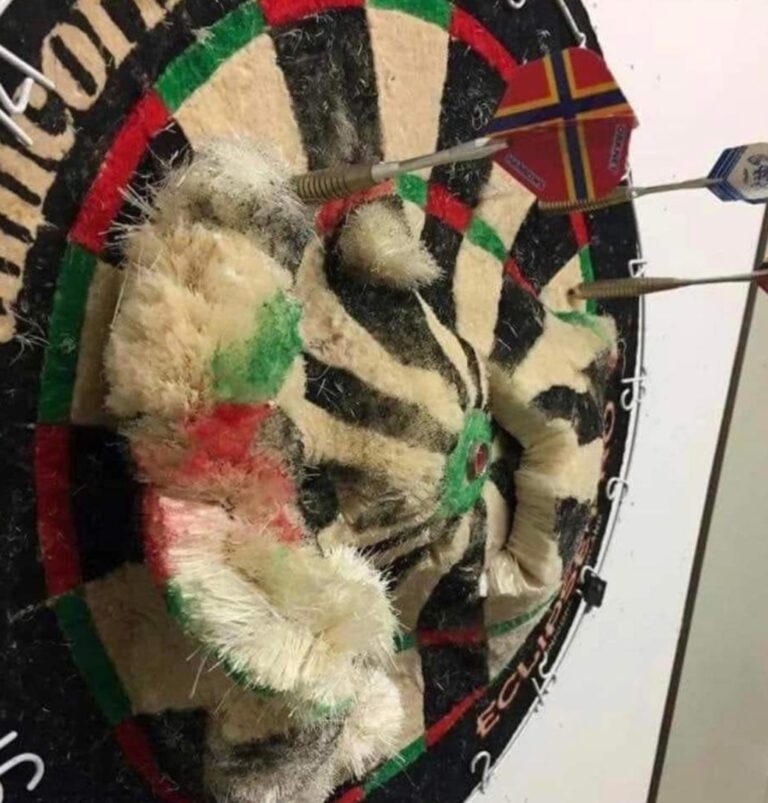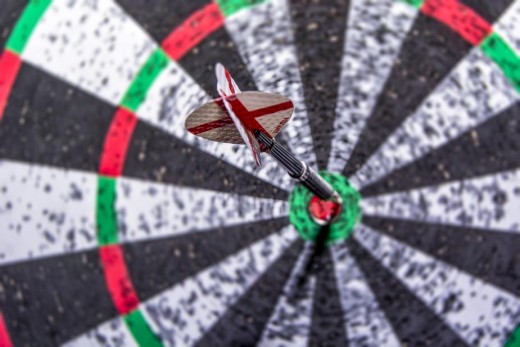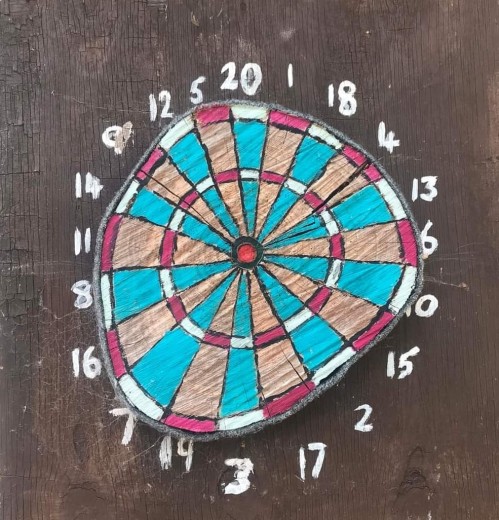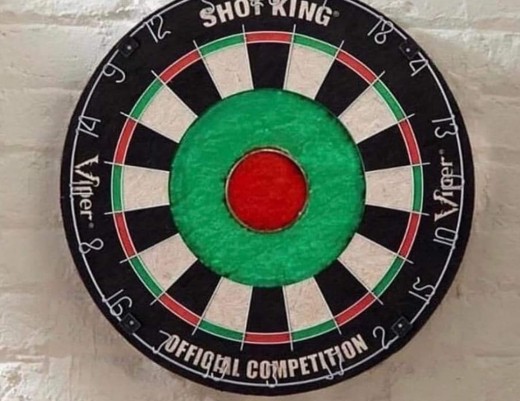August 1, 1997
Column 42
Santa Elena, Venezuela
Life was simple some twenty years ago when, with my college roommate and just two objectives, I first ventured to this beautiful land called Venezuela. My goals were simple: to survive for thirty days on as little but Bacardi’s as possible and to pick up every Latin cutie that crossed my path. On the first count I was quite successful. As to the second (I can now admit) my performance was far from major league.
Now… one wife, one house, one daughter and two golden retrievers later, I find myself back in this South American paradise. The country is just as beautiful. It’s my priorities that have changed. It’s now just good darts (los dardos) that I chase.
For the past week I have attempted to take some measure of the many animals which are threatened by mercury runoff from the gold and diamond concessions that scar the tropical landscape just north of the Amazon River. As one flies over the lush forests and countless rainbow-framed waterfalls, gaping craters appear where hydraulic powered hoses have been used to shoot pressurized water into the soil, allowing the miners to reach the gems locked deep within.
It is here in the mist, among the legendary billion year old, table-top rock formations (called tepuys) that shoot into the clouds from the jungle, that Arthur Conan Doyle drew inspiration for his book “The Lost World”. It is here where, from the highest of the tepuys, Auyan-Tepui, the cool water of Angel Falls tumbles almost eight times farther than the water over Niagara. It is here in the undergrowth where thirty-foot anacondas slither and remarkable carnivorous plants chomp the unsuspecting bug. It is here where the razor-toothed piranha lurks in the water and where, if one is lucky, they might see the recently discovered fruit-eating fish — which leap from the water to grab nourishment from the trees.
And it is here, some sixteen hours by car from Caracas, alongside the spectacular Kamu Meru waterfall, near the small indigenous village of San Raphael that I found my first game of los dardos. More specifically, I was coached in “cerbatana” (blow darts) by a Pemon Indian named Carlos. We focused foot-long bamboo projectiles (traditionally used to pick small birds out the sky) at a tree. I quickly lost 2,000 bolivars (about four dollars) and headed on. It’s a good thing I don’t have to hunt to survive.
Eventually, covered in sweat and bug bites, I ended up in an isolated little frontier town called Santa Elena on the northern border of Brazil. Here you can buy a diamond for $160 a carat and then drink Budweiser with the money you saved and throw darts, real darts, at El Quixote, a new little sports bar on Calle Icabara, in the center of town. The joint is definitely worth a stop.
Indeed, El Quixote’s is worth more than just a stop. Located as it is, easily five hundred miles from civilization of any other kind, it is simply the only place to stop. Darts. Pool. Beer. Even Latin cuties. In “The Lost World”, whatever it is that you’re chasing, El Quixote’s got a lock on the action.
From the Field,
Dartoid







